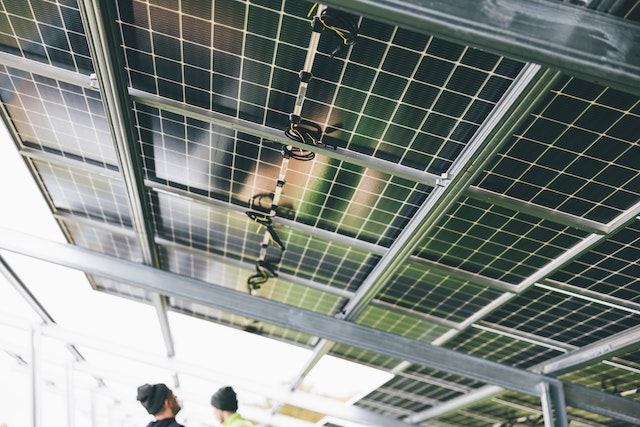As the world continues to search for more sustainable and eco-friendly energy sources, solar power has emerged as a promising option. One of the key components of a solar power system is the solar plate. In this blog post, we will explore what a solar plate is, how it works, and its benefits.
What is a Solar Plate?
A solar plate, also known as a solar panel or photovoltaic (PV) panel, is an assembly of solar cells that convert sunlight into electricity. The cells are made of semiconductor materials, such as silicon, which can absorb photons of light and release electrons. These electrons are then captured by a circuit and transformed into usable electrical energy.
How does a Solar Plate work?
The process of converting sunlight into electricity begins with the absorption of photons by the solar cells. The photons provide enough energy to free electrons from the atoms in the semiconductor material. The free electrons are then captured by a circuit made up of metal conductors, which form a path for the electrons to flow through. This flow of electrons creates a current of electricity, which can be used to power appliances or stored in batteries for later use.
Benefits of Solar Plates
Renewable Energy Source – The sun is an abundant and renewable source of energy, making solar power a sustainable alternative to fossil fuels.
Cost Savings – Solar power systems can help homeowners and businesses save money on their energy bills by reducing their reliance on grid electricity.
Low Maintenance – Solar panels require little maintenance, as they have no moving parts and can last for several decades with proper care.
Reduced Carbon Footprint – Solar power systems produce no greenhouse gas emissions, making them an environmentally friendly option.
Energy Independence – Installing solar panels allows homeowners and businesses to generate their own electricity, reducing their dependence on traditional energy sources.
